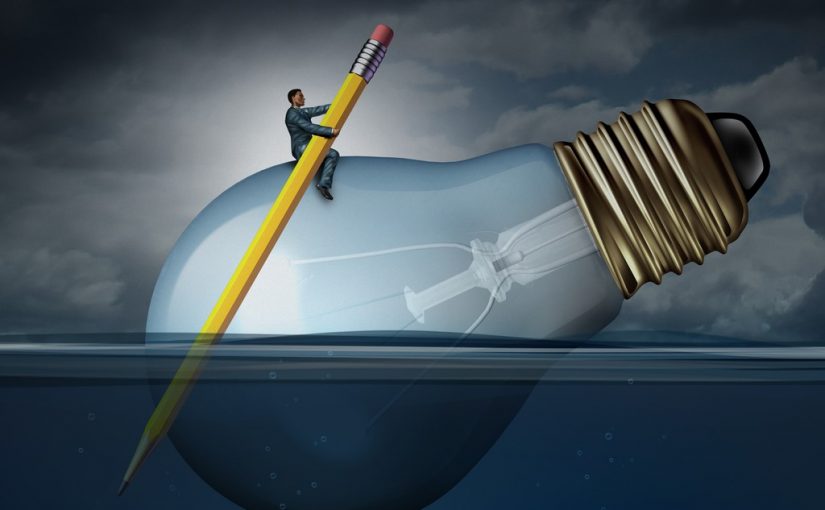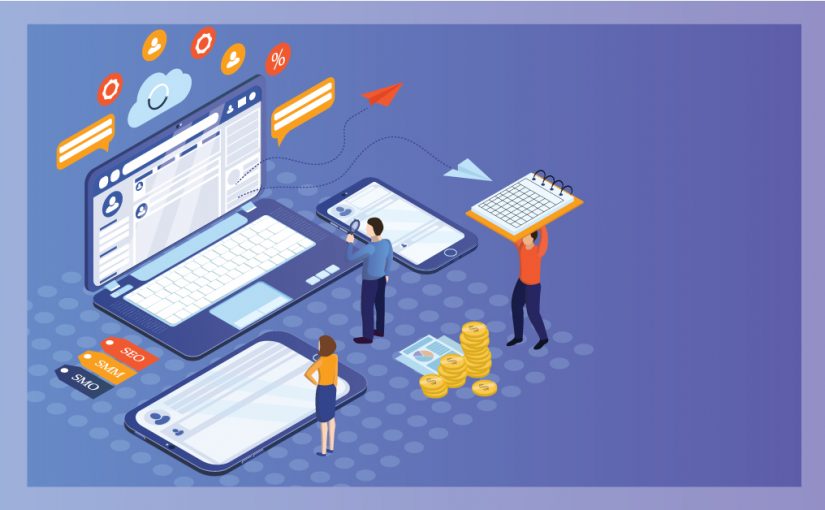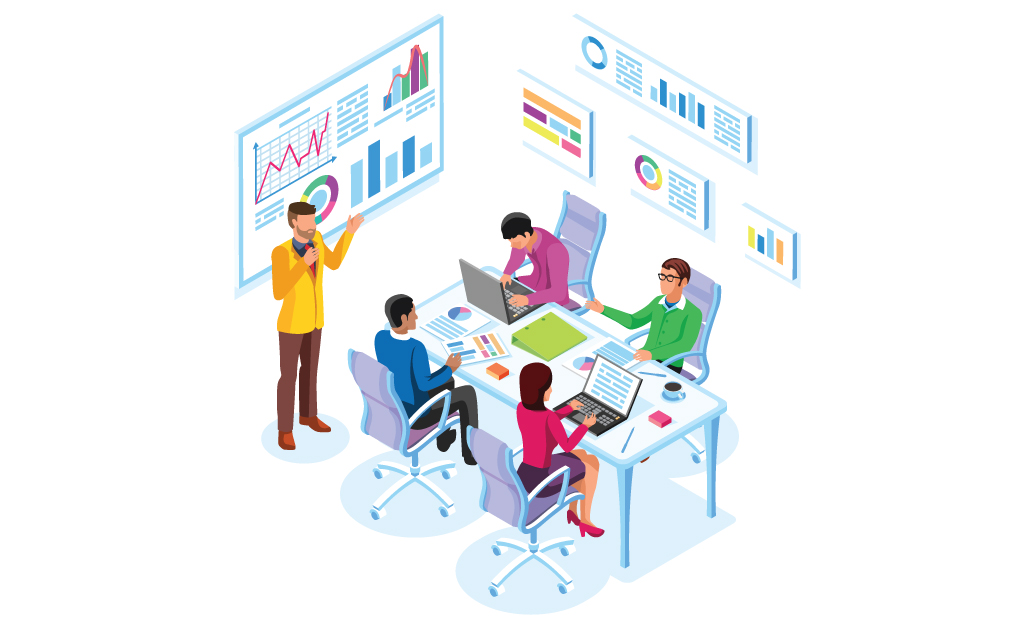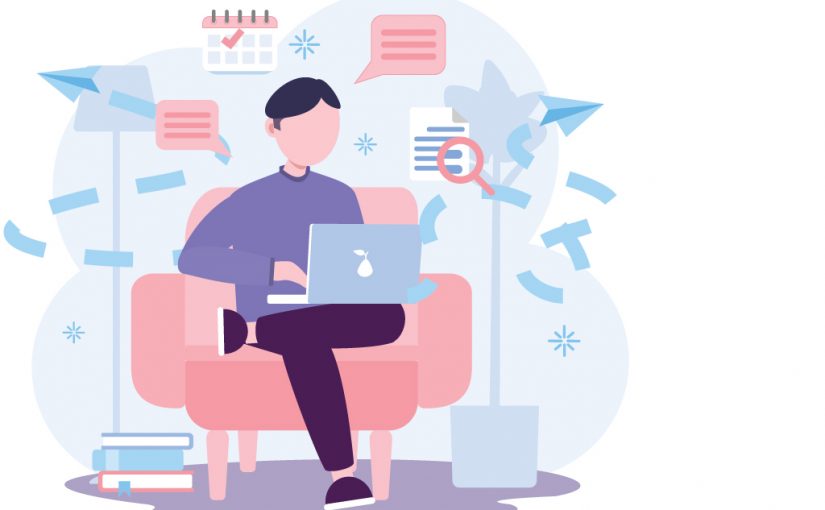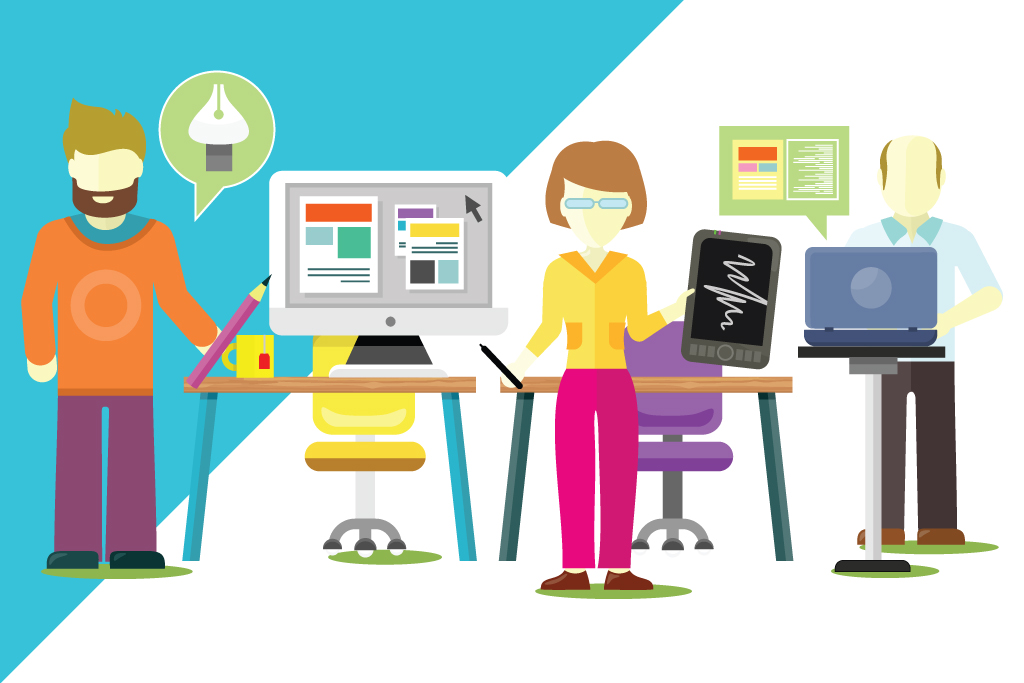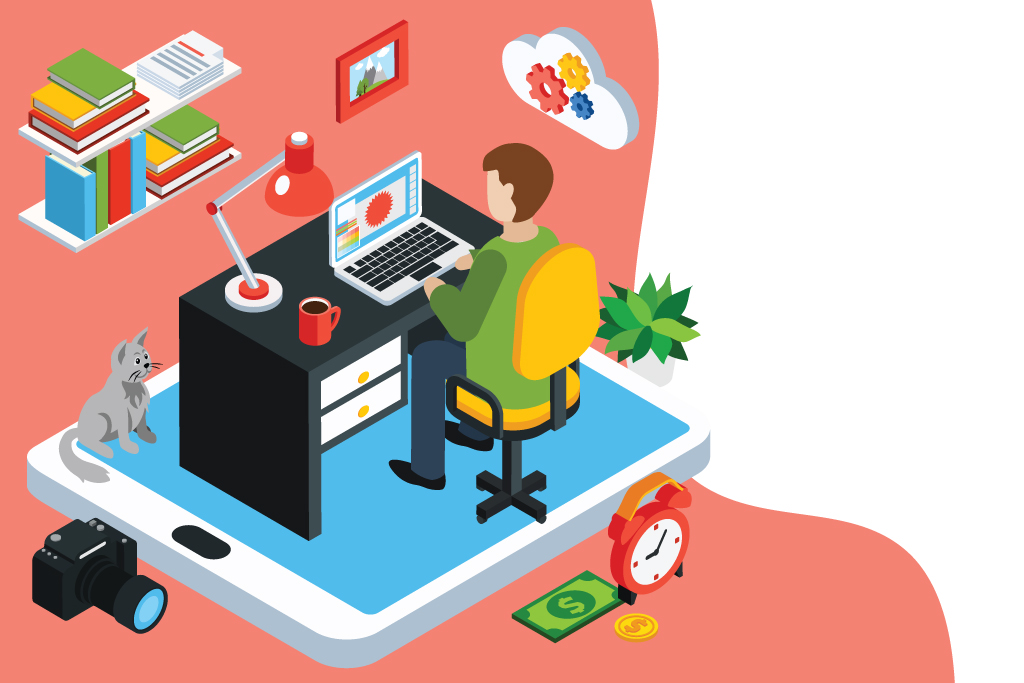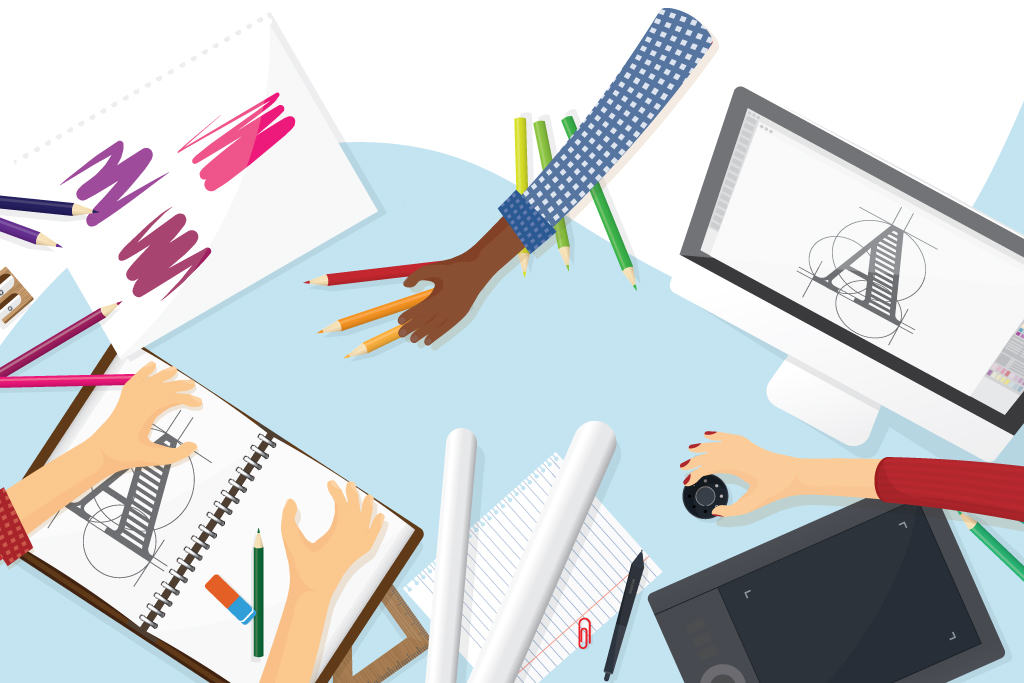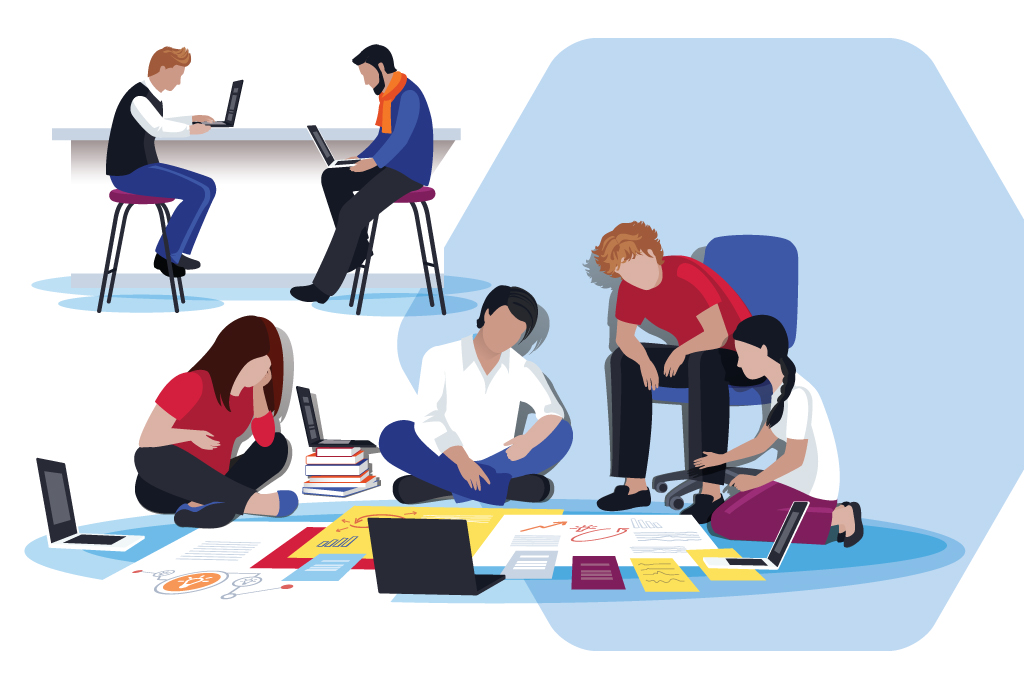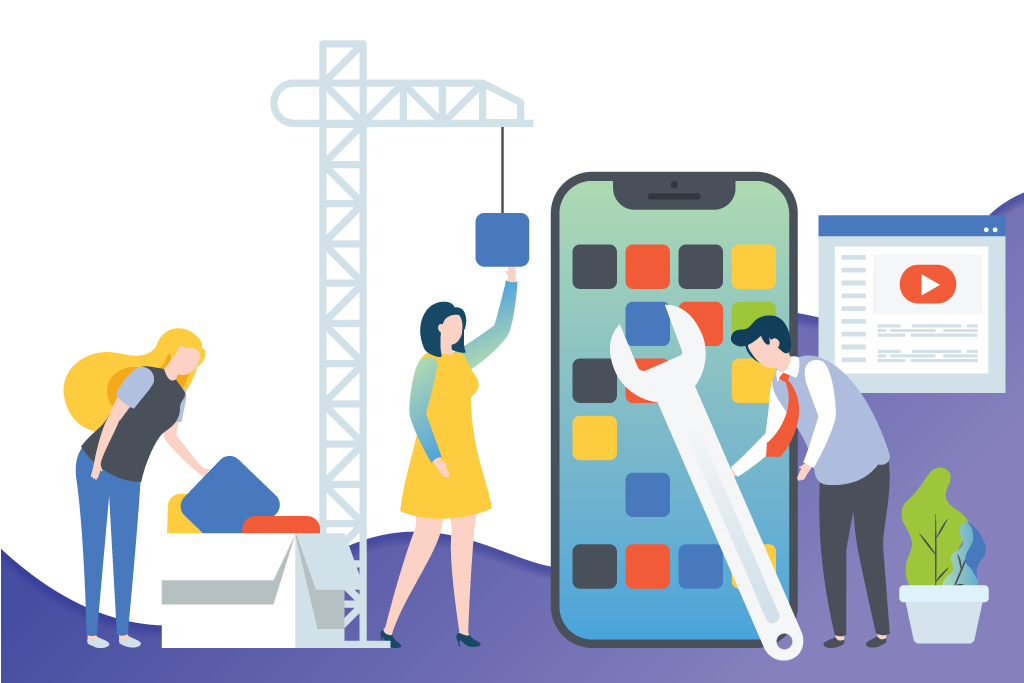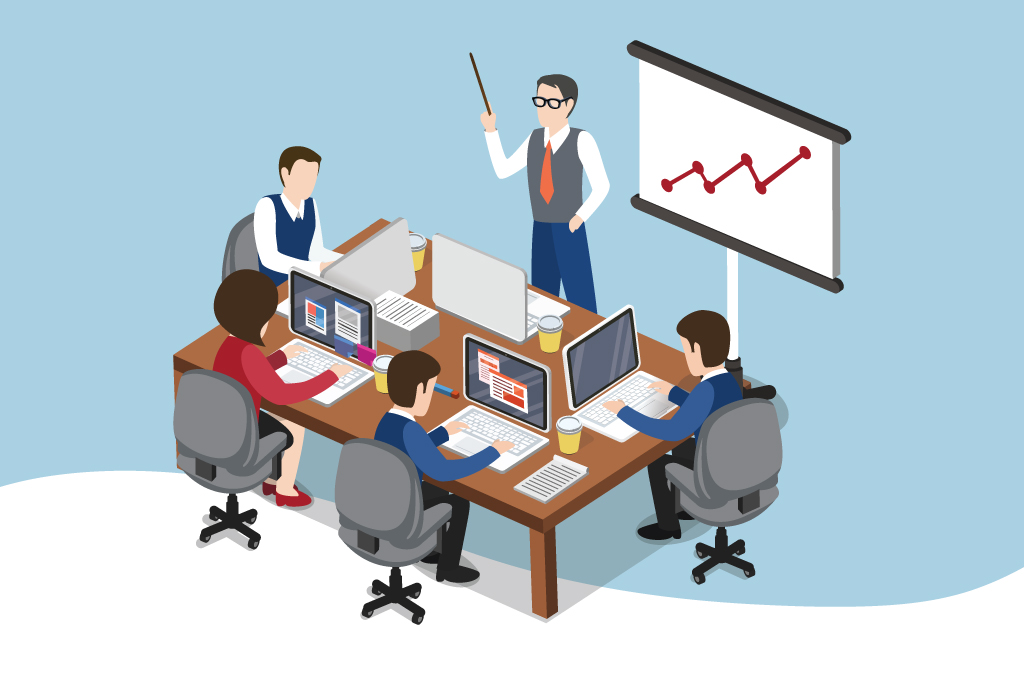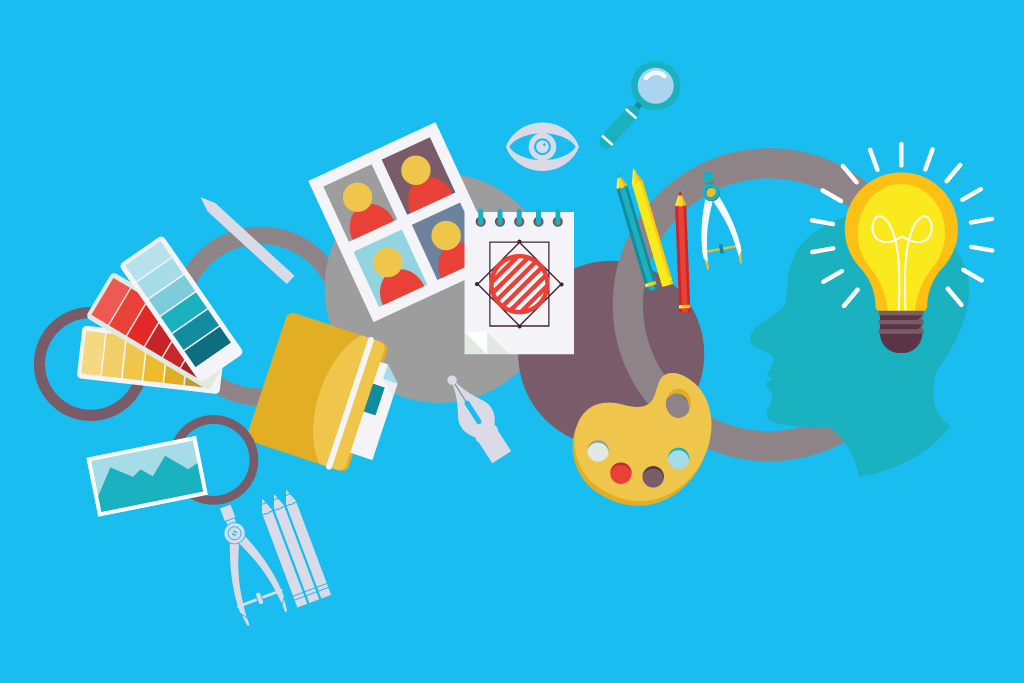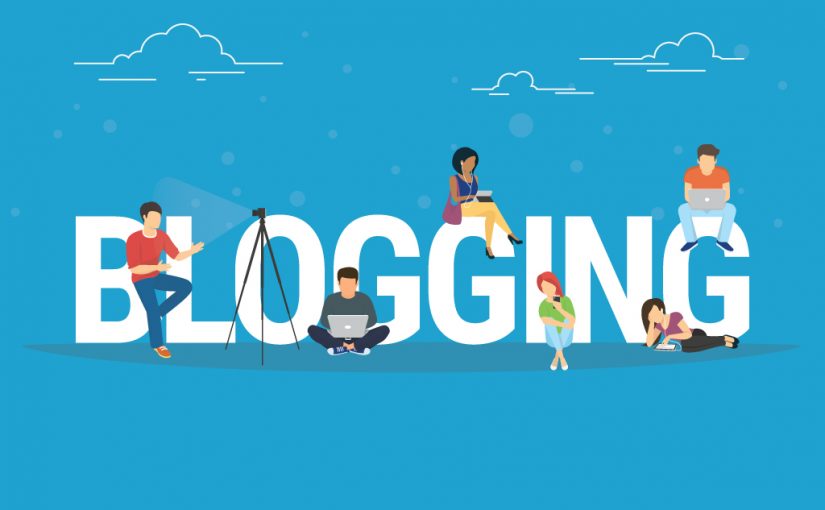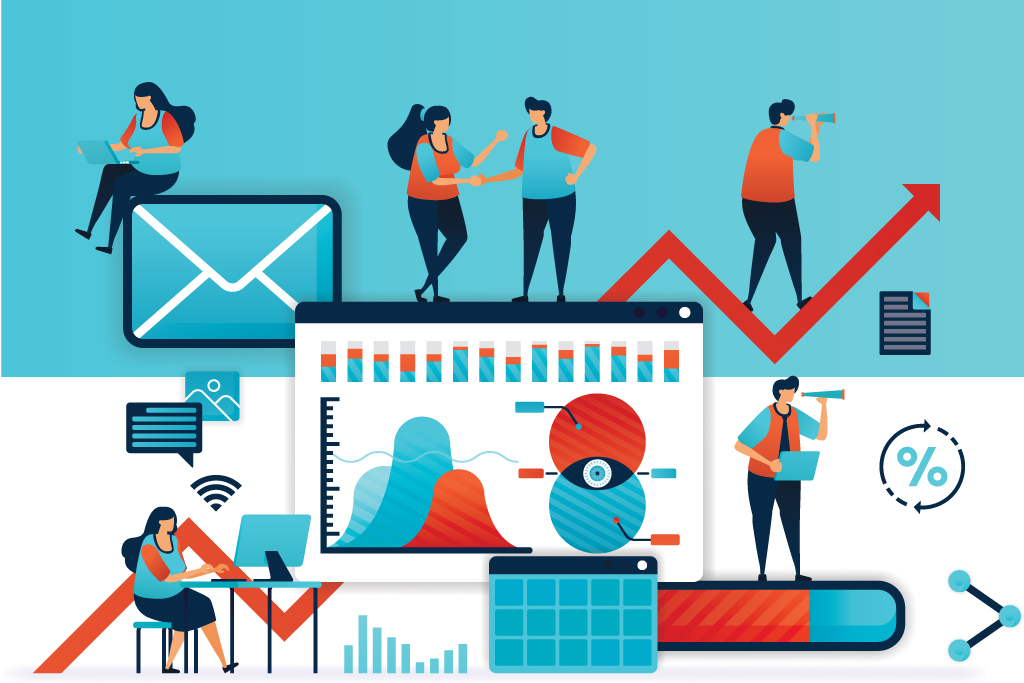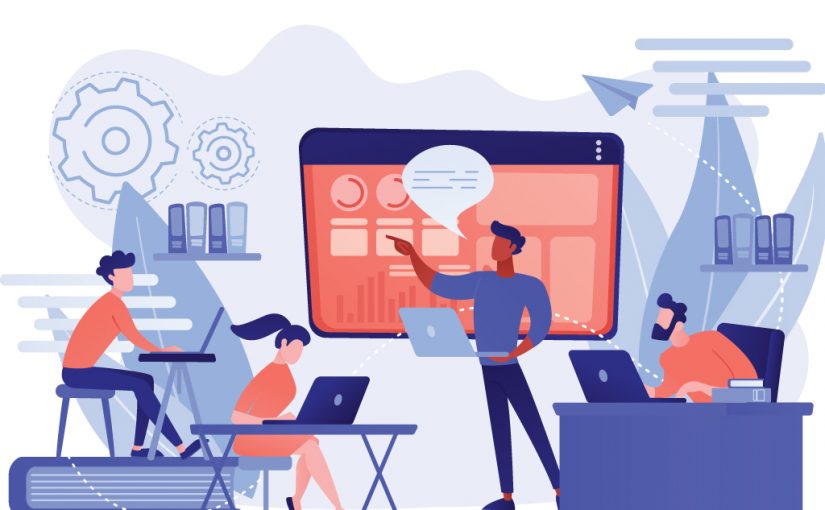We see logos everywhere; our clothing, cars, streets, and nearly everywhere else that we look. A logo is basically an image, text, or shape (or combination of all three) that shows the purpose of a brand. A logo is a brand’s trademark and shows what the brand does, its history, and its purpose. Good logos will define a brand and leave their mark on customers and will be easily recognizable to them.
What Does A Logo Do?

A logo serves many purposes and more than just the ones that we mentioned above. If you run a company then you’ll quickly learn that your logo does most of the heavy lifting when it comes to your business. In fact, your logo does just about everything when it comes to your company. Branding, impressions, and your company’s brand identity all have a great deal to do with your logo.
Your logo helps you stand out from the competition, helps build loyalty with customers, and leaves a lasting first impression on your audience. Your logo is a signature part of your company. Think about some of the greatest brands; Apple, Google, or Nike. When you think of them, you probably instantly of their logos. That’s how you know a company has a good logo.
What Makes A Good Logo?

Good logos don’t come easily, they require talent and money. To be able to have a truly amazing logo for your brand, you’ll want to keep a few elements in mind that all great logos have. The first thing to remember is that all great logos are simple. It’s easy to want to over complicate your logo and think that more is better, but this isn’t the case with logos.
The less that you include in your logo the more appealing it can be. You want to keep in mind that your logo won’t always appear in the color version that you see it in initially. It’ll have to appear in black and white, in different sizes and on different material. The simpler your logo is the more versatile it’ll be and the easier it’ll be to use on products and packaging.
The second aspect to keep in mind for your logo is that you want your logo to be eye appealing. Your audience has to like your brand and that starts with liking how it looks. Since your logo is basically the visual representation of your brand, you want to make sure that it’s only represented the best it can be. Use colors and typography that will catch your audience’s eyes and make it stand out.
Why A Logo Tagline Matters

A tagline is a phrase or saying that goes beneath your logo and that customers associate with your customers. Logos don’t typically need to be combined with taglines, but it can add a lot to a logo if a tagline is included. Think about Nike’s iconic ‘Just Do It’; you’ll meet very few people who don’t know the iconic tagline by memory. Many companies choose to add a tagline to their logo if they think that a logo by itself won’t communicate what their company does or doesn’t seem to be enough.
If you’re starting out with a logo without a tagline, and then, later on, think that a tagline would add to it, then you can always add it. It’s important that if you decide to include a tagline to your logo, you put time and effort into choosing one that will do your company justice. Your logo should represent your company just as much as your logo does and add purpose to your brand.
What Makes A Logo Stand Out?

Since there’s a sea of logos out in the business world, it can feel next to impossible to have your logo stand out from competitors. Standing out amongst your competitors will depend on your company and industry, but there are a few basic things that you can do to make your logo different.
The first tip is to make sure that your logo is easy to read. This is especially true for wordmark logos, but it’s something that you’ll want to keep in mind regardless of your logotype. If your audience has to look too long at the logo to decipher its meaning then it’s probably time to get a new logo.
The second tip which many businesses forget is to cater to your audience. You can have what you think is the best logo, but it’s useless if it’s not appealing to your audience. It’s important to know your audience and know what type of logo will grab their attention. Remember that your logo is for your audience and your audience only.
How Does Color Affect Your Logo?

Color plays a big part in any area of branding, but especially when it comes to your logo. Great logos will either work great in color or in black and white. When we think about color theory and examine what emotions colors make us feel, it can make a huge difference in what colors we choose for our logo. You’ll want to keep your branding consistent across all your marketing material, so your logo colors should be aligned with the rest of your branding. Think about your audience and how the colors that you choose for your logo will affect them. Remember that colors play an important role in your logo, so you want to put thought into what colors you choose.

